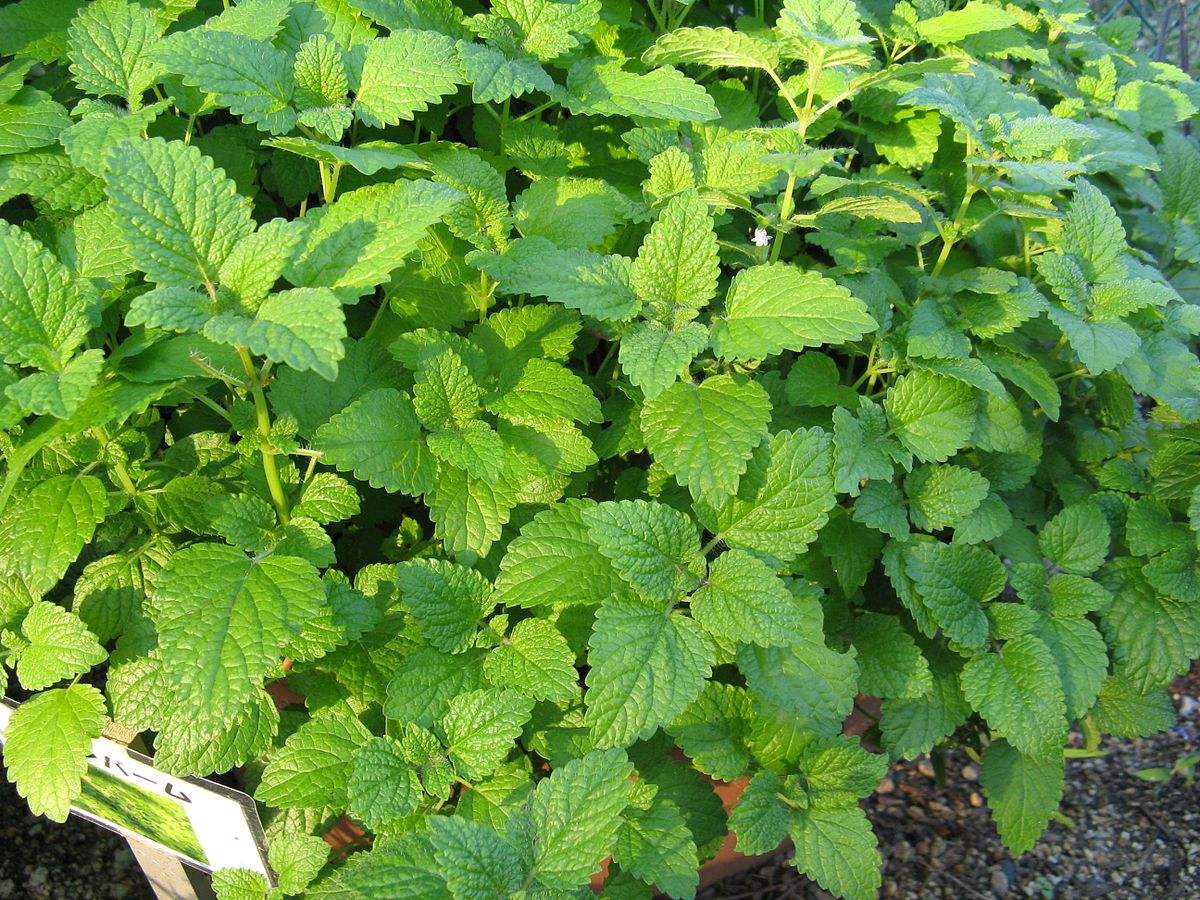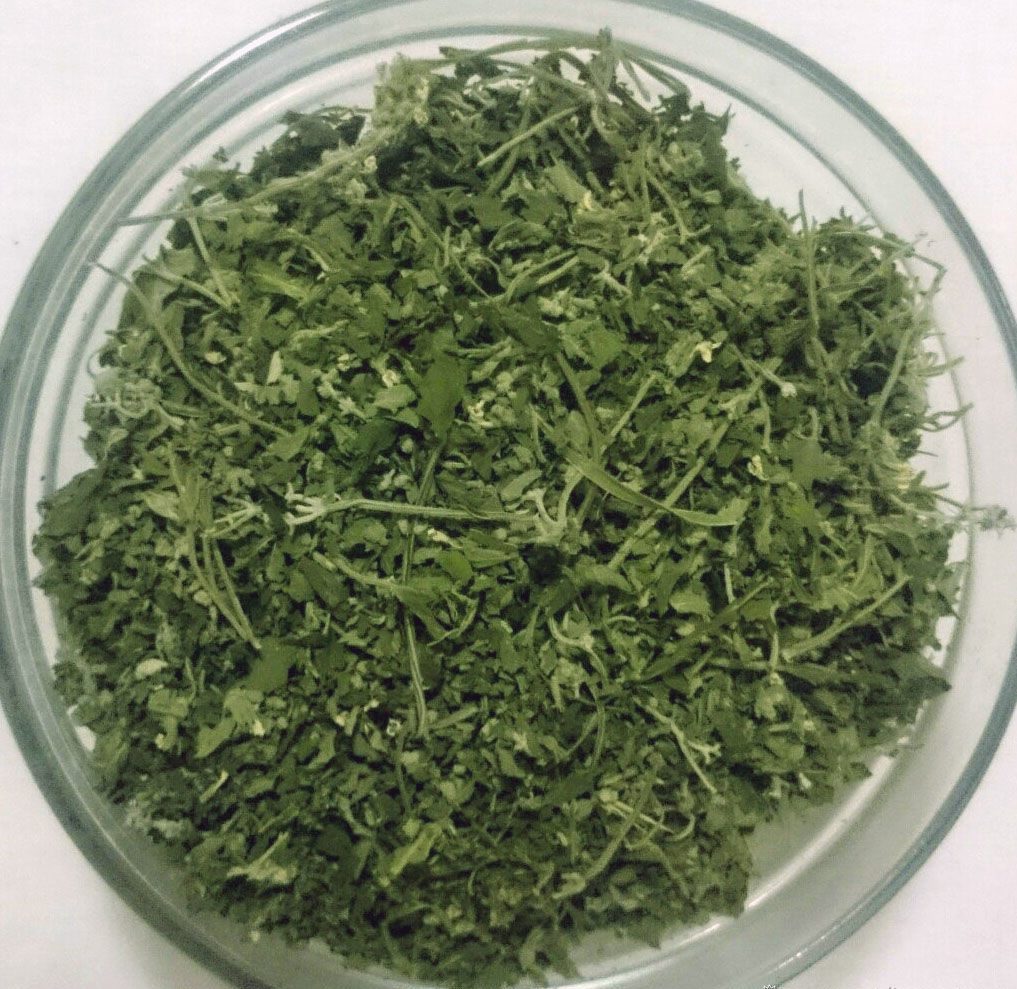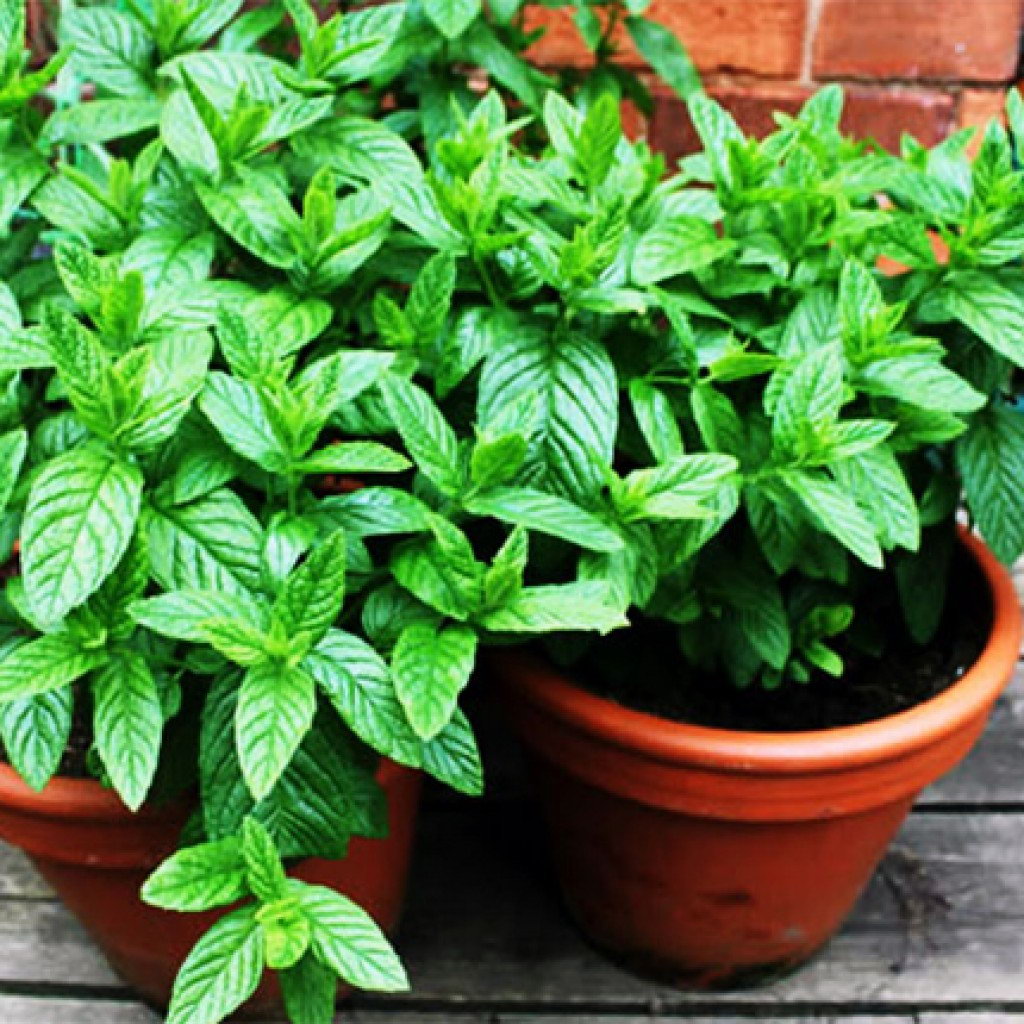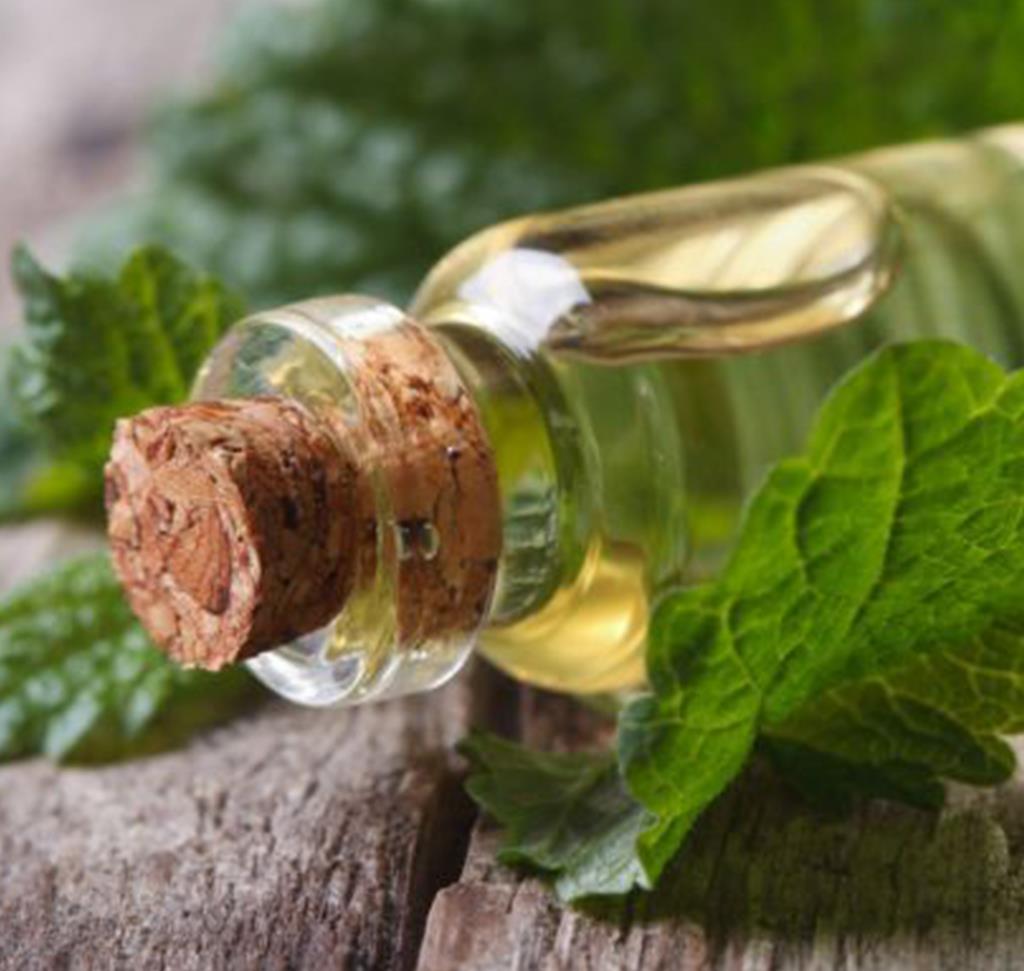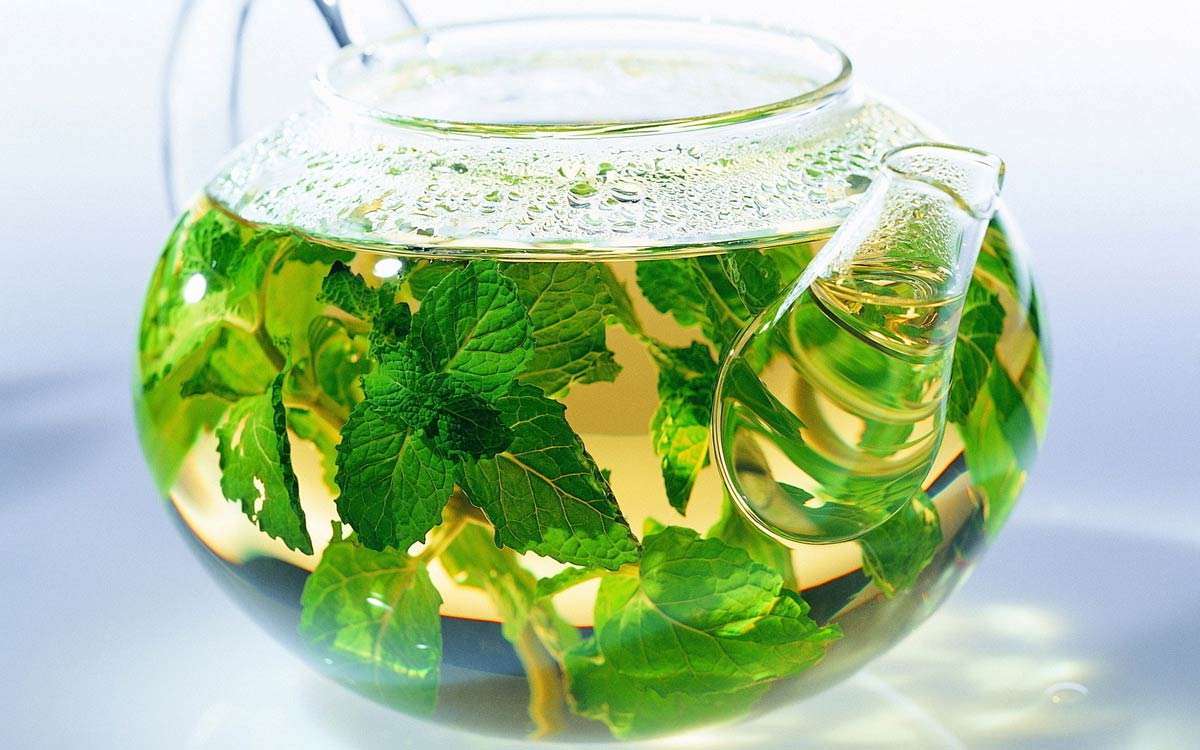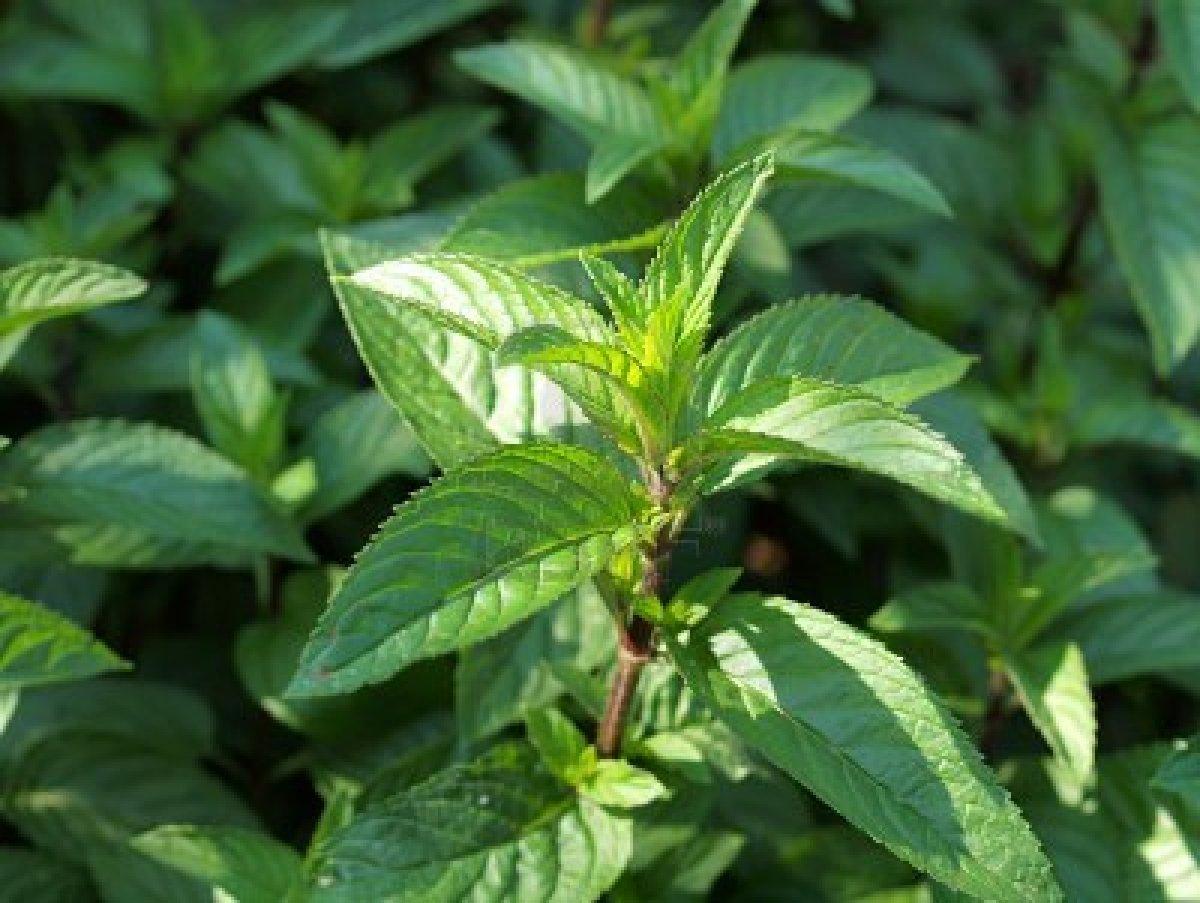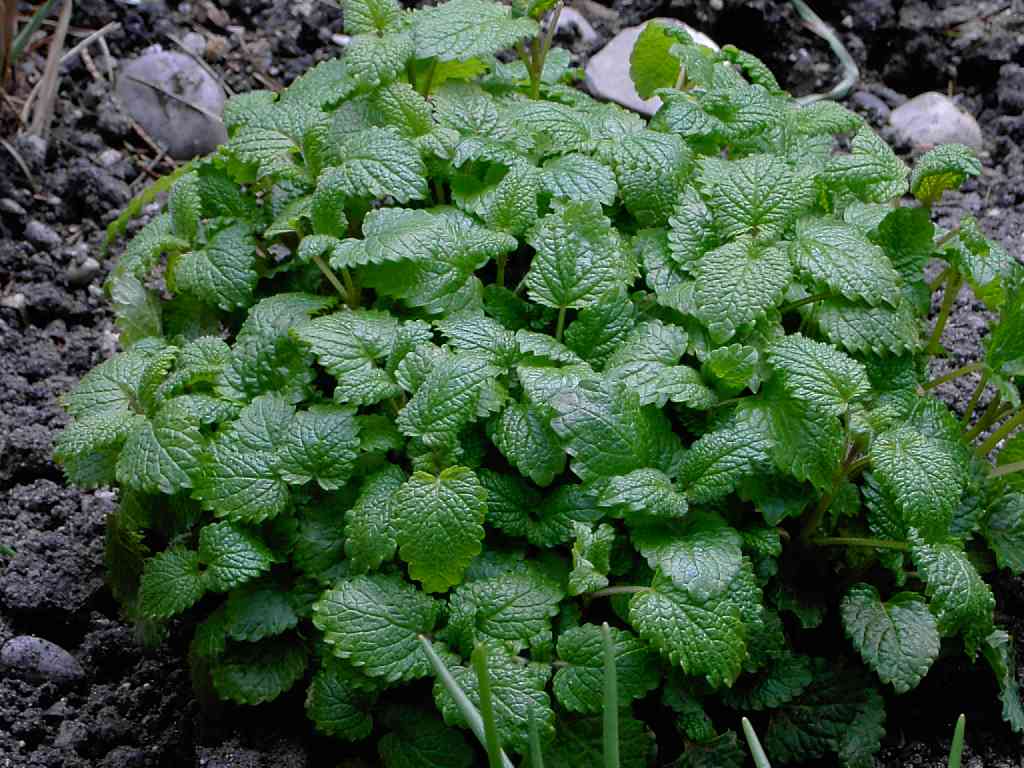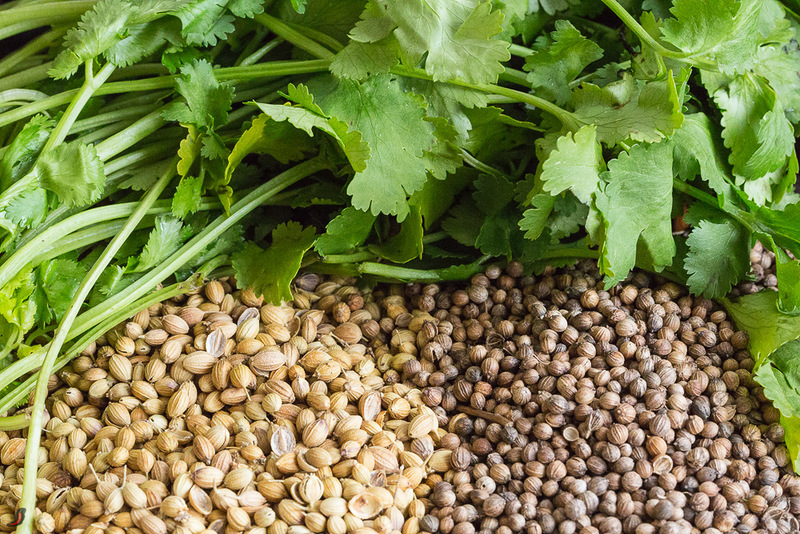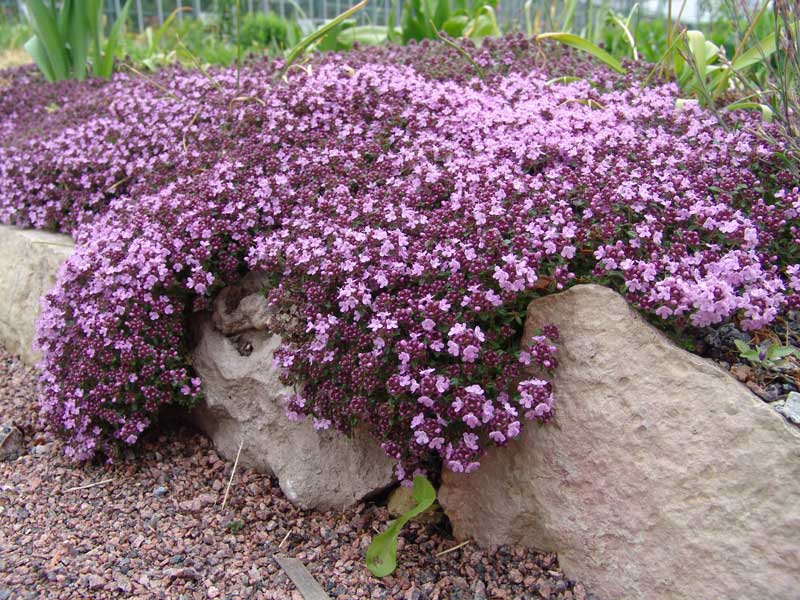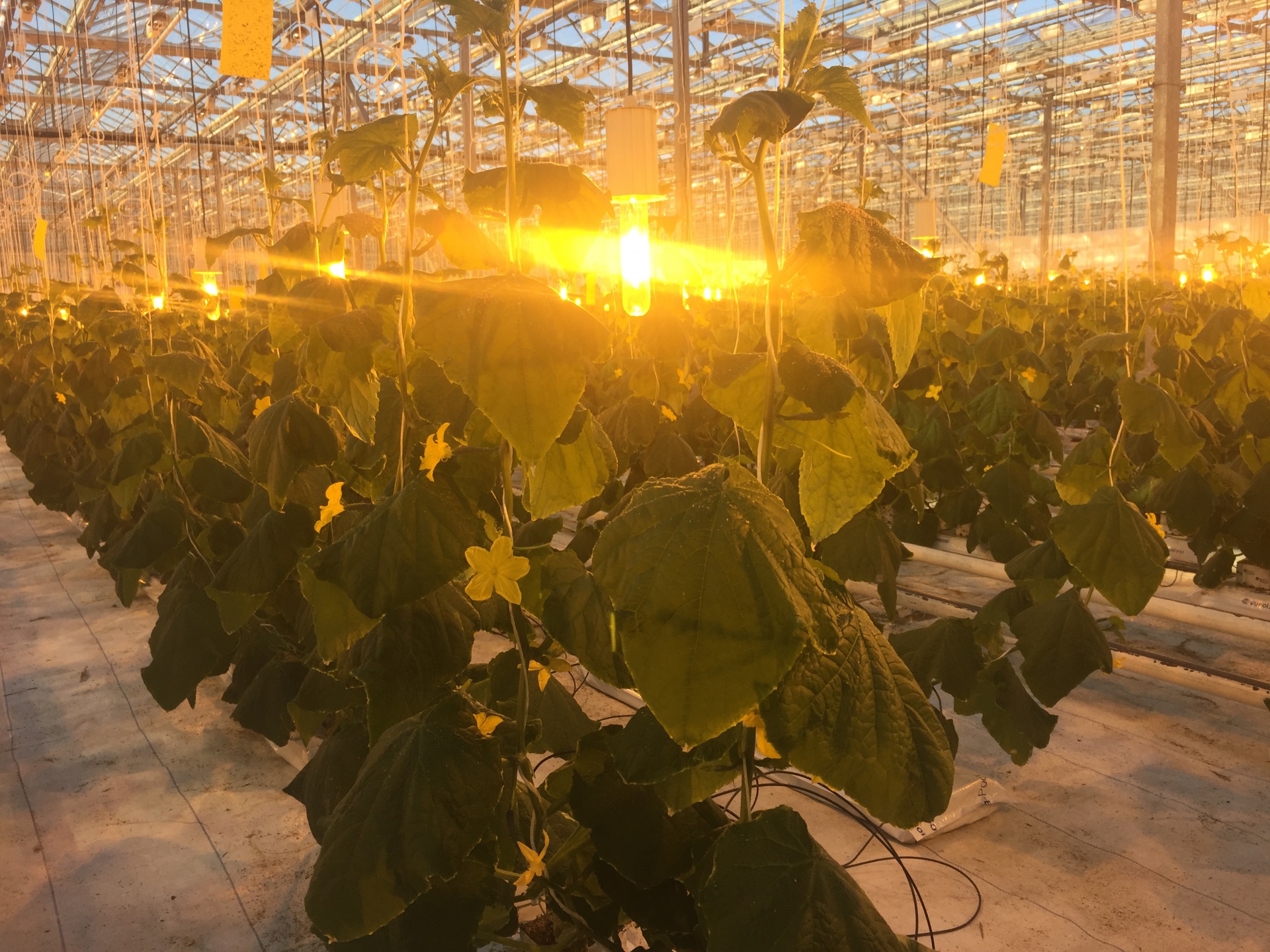Content:
This plant is widely known for its beneficial and medicinal properties. It is widely used in medicine (both traditional and folk) due to the high content of essential oils, which have beneficial properties for the human body. Mint grows well, both in the garden and in the wild (on the edges of forests, on the slopes of ravines, in gorges), and is easy to care for. The plant is perennial and belongs to the Yasnotkovy family. Lemon mint has another name - medicinal lemon balm. Despite the fact that the plant is found in forests and meadows, when growing it in the country, certain recommendations should be followed, as is the case with home use (there may be side effects).
Plant characteristics
You should start by describing a plant called lemon balm, lemon mint. Its medicinal properties are widely known, so it is not only harvested in meadows, but also often cultivated in summer cottages. In height, mint grows up to 0.7 meters, it is absolutely unpretentious to the quality of the soil, which means that it can be grown without changing place for 5-6 years. Then, it is still recommended to transplant in order to preserve all the beneficial properties. Lemon mint grows even indoors and is an excellent honey plant.
The plant is widely used as a folk remedy for the treatment of various diseases. In particular, lemon balm tincture is recommended to be taken in case of problems with the respiratory tract and shortness of breath, it also helps with diseases of the cardiovascular system. The plant also has a sedative effect, therefore, with neuroses, disorders of the nervous system or high blood pressure, it is recommended to drink tea with mint.
Use the described herb when preparing food. Due to its original taste, it is included in many recipes as a condiment. Mint is often served with meat or fish dishes, and is used in the preparation of game and mushrooms. At home, lemon balm is actively used in the preservation of vegetables and fruits, since it not only kills some bacteria, but also gives jam, marinade or drinks a special fresh aroma.
To use mint for medicinal purposes, it must be properly prepared. First, only the green mass (not the roots) needs to be harvested. The harvest period coincides with the budding period of the plant. After the required amount of leaves has been collected, they should be rinsed and dried in a well-ventilated place. It is advisable to avoid direct sunlight on the mass during this period. If necessary, the mint can be dried. The easiest way to do this is in an oven at 45 degrees Celsius. It is recommended to store the prepared product in a tightly closed glass container. Mint should be consumed within one year of harvesting, otherwise the plant is likely to lose its special mint flavor and smell.
Preparing the soil for planting
The best place to grow mint is in an area that is well lit by the sun, but during the hottest period of the day, it is desirable that there is shade on it.The plant will not die on an area located in constant shade, but growth in this case will significantly slow down.
Peppermint does not require any special conditions for its growth.
It gives the best yield on soil with the following characteristics:
- well permeable to oxygen and moisture for nourishing plant roots;
- with high humidity;
- containing a large amount of humus.
Lemon balm on loam or sandy loam gives a stable yield. But the presence of a large amount of lime in the soil can lead to the fact that the characteristic aroma of the plant will be weaker. It is not recommended to grow lemongrass on clay soils, since they do not allow water to pass through well, and it stays on the surface for a long time. Even the presence of constant feeding and careful care will not allow getting a good harvest on such soil.
The preparation of the site for planting mint is done in the standard way:
- digging;
- removing all weeds;
- fertilization (usually enough humus).
Growing features
Melissa is planted in two ways. The first is by seeds. With this method, the plant usually grows stronger and more resilient. However, using a seed planting method, you must carefully select the material, since the future harvest will depend on its quality.
It is best to plant seeds in the ground at the end of May. By this time, the ground has already warmed up to a sufficient temperature for them to germinate quickly. It is recommended to plant seeds at the lowest possible depth (no more than 1-1.5 centimeters). The distance between the rows should be maintained at about 50 centimeters. Mint bushes grow quite strongly, therefore, when planting, it is also advisable to take this fact into account and make the distance between them at least 40 centimeters.
The second planting method is to use lemon balm seedlings. In this case, seeds are laid in the soil in March-April, and it is worth waiting for the appearance of the first four leaves. After that, at the end of May, the seedlings can be planted in open ground.
Lemon balm can be propagated by dividing the bushes. This should be done only if the plant is at least 3-4 years old. The optimal period for division is the end of May or August (when the plant has not yet begun or has already finished blooming). When dividing, the bush is dug up and cut into two identical parts. At the same time, 4-5 shoots and a root system should remain on each. After that, the individual parts can be put back into the ground, they will take root perfectly.
You can also cut a stalk at the top of the bush and place it in water. After the roots appear, you can plant the cutting in the ground.
Feeding rules
Melissa has enough natural precipitation. However, if they are scarce (in dry years), it is recommended to water the plant several times during the summer. In addition to watering, it is imperative to loosen the soil to improve the flow of moisture and air, otherwise a crust may form on the surface. Also, some gardeners put a mulch layer on the garden bed, which allows them to retain moisture longer.
Prevention and treatment of diseases
The plant contains a large amount of nutrients and trace elements (zinc, potassium, molybdenum, magnesium, and so on).
This allows mint to be used to treat the following diseases:
- Lemon balm oil is actively used as a sedative, for the treatment of diseases of the nervous system, as a remedy for insomnia, for the prevention of cancerous tumors;
- Decoctions from the leaves help well in times of nervous breakdown and stress. In addition, they have analgesic properties, therefore they are used for headaches. Improves the broth and blood circulation in the brain, which helps to increase the efficiency of mental activity. Decoctions are used to lower blood pressure, for colds and viral diseases;
- Mint infusion improves digestive processes, so it is recommended to drink it if you have problems with the intestines, gall bladder, and increased gas production.
However, this herb also has contraindications. In particular:
- the presence of individual intolerance to the substances contained in mint;
- low blood pressure;
- the presence of a stomach or duodenal ulcer;
- epilepsy;
- severe diseases of the nervous system;
- liver disease.
It is not recommended to give decoctions and infusions of lemon balm to preschool children.
Preparing for winter
To have reserves of lemon balm and thyme in winter, the following rules must be observed:
- Collect the grass only in the morning, but after the dew on the leaves has dried;
- Only leaves and stems are suitable for harvesting;
- Harvesting must be done before the flowering period begins, since it is at this time that the plant has the highest concentration of nutrients and essential oils.
It is recommended to dry it in a room that is well ventilated, but at the same time in the shade, since direct sunlight on mint leaves leads to a loss of aroma. As part of this process, it is recommended to stir the plant periodically so that it dries evenly and mold does not develop.
Freezing can be used as a preparation method. The leaves are also rinsed, dried, and then placed in the freezer. This method allows you to save not only all the useful elements, but also the color and aroma.
Thus, lemon mint has a lot of useful properties, and its cultivation on the site does not require much work. You just need to pick up quality seeds, prepare the soil and follow the recommendations for collecting herbs. This will allow you to drink tea with a pleasant smell in winter and forget about many diseases for a long time.
